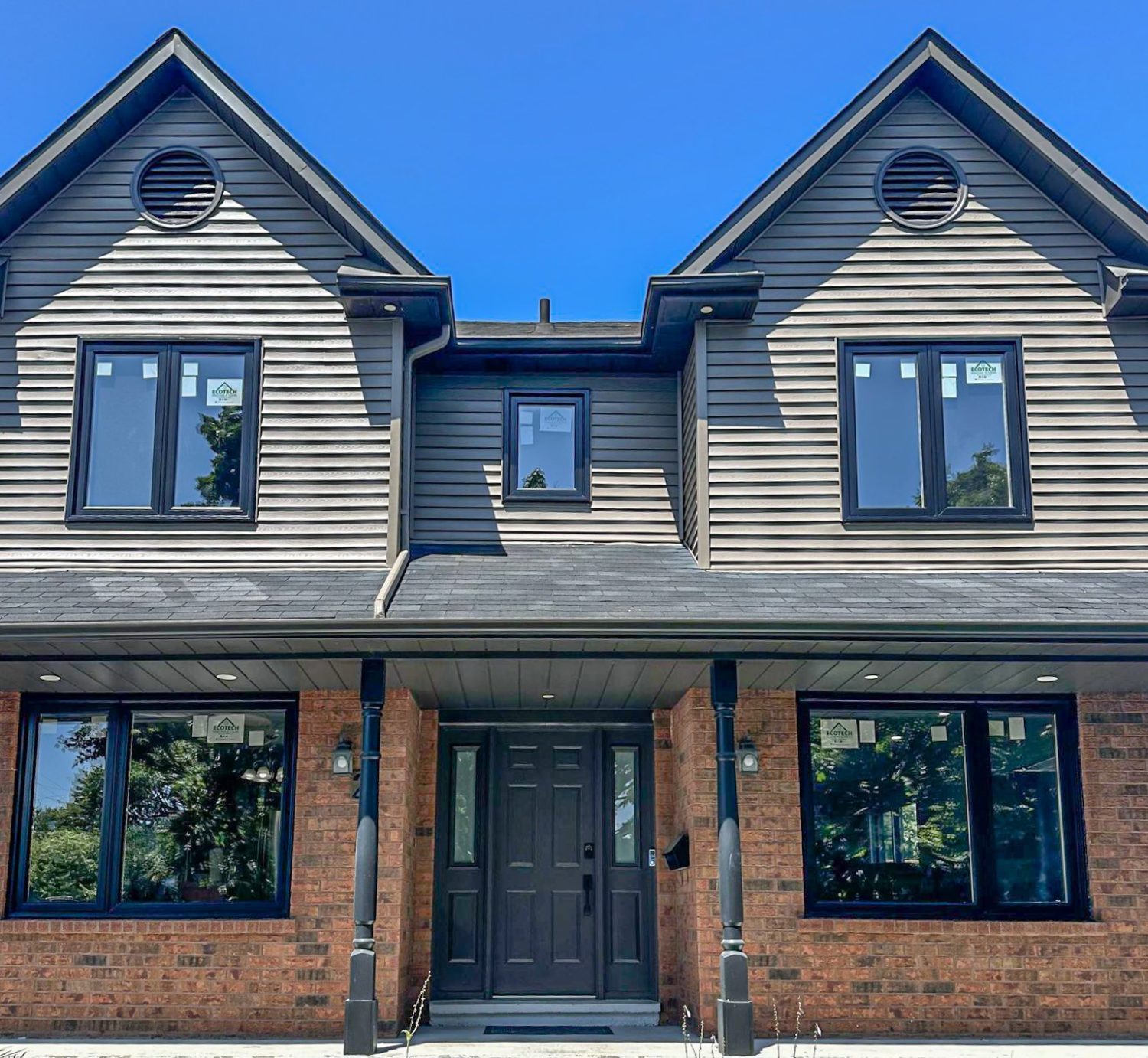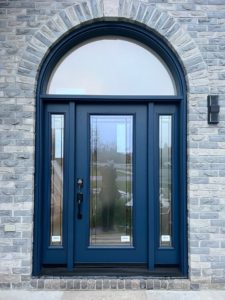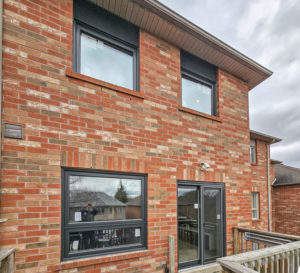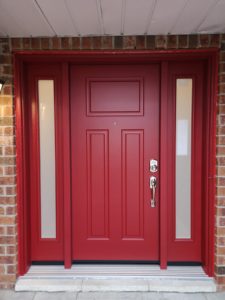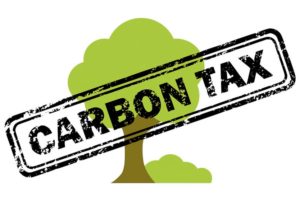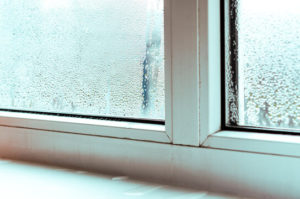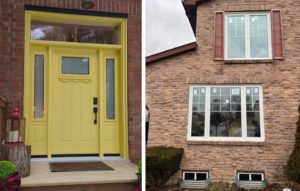Windows plays a vital role in our homes, providing natural light, ventilation, and a connection to the outside world. However, they can also be a significant source of energy loss. Energy-efficient windows are designed to minimize this loss, and one key way to identify their effectiveness is through energy ratings. In this comprehensive guide, we’ll delve into the world of energy rating for windows, exploring what they mean, how they can benefit your home, and their potential drawbacks.

Picture Source – EcoTech Windows & Doors
What is a Good Energy Rating for Windows?
1. U-Factor:
The U-factor, also known as thermal transmittance, measures how well a window insulates against heat transfer. Lower U-factor values indicate better insulation. In colder climates, a good U-factor might be 0.30 or lower, while milder climates may accept slightly higher values. Extremely energy-efficient windows might even have U-factors below 0.20.
Also Read: Why the “Energy Star” Label is Important
2. SHGC:
The Solar Heat Gain Coefficient (SHGC) represents the amount of solar heat transmitted through the window. In hot climates, you’d want a lower SHGC (typically below 0.40) to reduce unwanted heat gain, while in colder climates, a higher SHGC may be more suitable to harness passive solar heating. High-quality windows can achieve SHGC values below 0.25.

Picture Source – EcoTech Windows & Doors
What Does the E Rating on Windows Mean?
1. ENERGY STAR:
The ENERGY STAR program is a widely recognized certification in the United States. Windows carrying this label meet or exceed stringent energy performance criteria set by the Environmental Protection Agency (EPA). ENERGY STAR certification ensures that your windows are designed to reduce energy consumption, enhance comfort, and decrease utility bills.
Also Read: Ontario Energy Rebate Incentive
2. Other Ratings:
In Europe and the UK, you might encounter labels like the Window Energy Rating (WER) or the British Fenestration Rating Council (BFRC) rating. These systems evaluate various aspects of a window’s performance, including thermal efficiency, air leakage, and solar gain. These ratings help consumers make informed choices about energy-efficient windows based on regional standards.

Picture Source – EcoTech Windows & Doors
How Do I Know if My Windows Are Energy-Efficient?
1. Energy Rating Labels:
ENERGY STAR or equivalent labels are an excellent starting point. They indicate that the windows meet energy efficiency standards. However, don’t rely solely on labels; dig deeper into the specific U-factor and SHGC values for a better understanding.
2. Frame Material:
The material of the window frame can significantly affect energy efficiency. Vinyl, fiberglass, and wood frames often provide better insulation than aluminum, as metal conducts heat more readily.
3. Double or Triple Glazing:
Multi-pane windows with gas-filled spaces between the panes offer improved insulation compared to single-pane windows. Triple-glazed windows are even more efficient but may not be necessary in all climates.
Also Read: How Energy-Efficient Windows Regulates Indoor Temperatures
4. Weatherstripping and Seals:
Properly maintained seals and weatherstripping are essential to prevent air leakage around the window frame. Poorly sealed windows can undermine energy efficiency efforts.
5. Professional Inspection:
A professional energy audit can assess your windows’ performance comprehensively. They can use tools like thermal imaging cameras to identify areas of heat loss or air leakage.
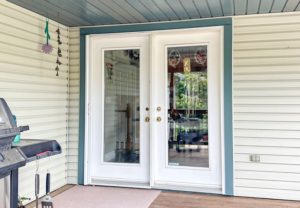
Picture Source – EcoTech Windows & Doors
Benefits of Energy-Rated Windows
1. Energy Savings:
Energy-efficient windows can significantly reduce heating and cooling costs by minimizing heat transfer. This translates into substantial long-term savings on your utility bills.
2. Improved Comfort:
By maintaining a consistent indoor temperature, energy-efficient windows reduce drafts and hot/cold spots. This enhances overall comfort in your home.
3. UV Protection:
Many energy-efficient windows have coatings that block harmful ultraviolet (UV) rays. This protection helps safeguard your furnishings, carpets, and artwork from fading due to sun exposure.
Also Read: 15 Benefits of Using Low-E Glass in Energy-Efficient Windows
4. Noise Reduction:
Energy-efficient windows, with their better insulation properties, can also reduce outdoor noise infiltration. This is particularly valuable if you live in a noisy neighborhood or near a busy street.
5. Environmental Benefits:
Lower energy consumption saves you money and reduces greenhouse gas emissions and your carbon footprint. This is a meaningful contribution to a more sustainable future.
6. Increased Home Value:
Energy-efficient upgrades, including windows, can enhance your home’s resale value and make it more appealing to environmentally-conscious buyers.

Picture Source – EcoTech Windows & Doors
Performance Ratings
The NFRC label is a feature present on all ENERGY STAR-certified windows, doors, and skylights, offering performance evaluations across five key categories:
NFRC Label
1. U-Factor:
These metric gauges the pace at which heat is transferred and indicates the window’s insulation capability. U-factor values typically range from 0.25 to 1.25 and are expressed in Btu/h·ft²·°F. A lower U-factor signifies more effective insulation. (EPA mandates that ENERGY STAR products display a certified and listed U-Factor on the product label.)
2. Solar Heat Gain Coefficient (SHGC):
SHGC assesses the portion of solar energy that passes through and reveals how well the product blocks heat generated by sunlight. It is quantified on a scale from 0 to 1, with values typically falling between 0.25 and 0.80. A lower SHGC indicates reduced transmission of solar heat. (EPA requires ENERGY STAR-labelled products to display a certified SHGC value on the product label.)
3. Air Leakage (AL):
AL quantifies the rate at which air flows through seams in the window. AL is measured in cubic feet of air passing through one square foot of window area per minute. A lower AL value signifies less air leakage. Most industry standards and building codes stipulate an AL of 0.3 cf·m/ft². (EPA mandates certification of AL for ENERGY STAR labeled products.)
Also Read: How Energy-Efficient Windows Keep Heat Out During Summer
4. Visible Transmittance (VT):
VT quantifies the quantity of light permitted through the window. It is assessed on a scale from 0 to 1, with typical values ranging from 0.20 to 0.80. A higher VT indicates greater light penetration.
5. Condensation Resistance:
This metric assesses how effectively the window resists water accumulation. Condensation Resistance is rated on a scale from 0 to 100. A higher condensation resistance factor suggests less susceptibility to moisture buildup within the window.

Picture Source – EcoTech Windows & Doors
Choosing the Right Energy-Rated Windows
1. Climate Considerations:
It’s vital to choose windows with U-factor and SHGC values that align with your specific climate zone. Consult local resources or energy experts for guidance.
2. Frame Material:
Select a frame material that suits your preferences and budget. Remember that different materials offer varying levels of insulation and durability.
3. Local Regulations:
Be aware of local building codes and regulations related to energy efficiency. Compliance may be required for new construction or renovations, so it’s essential to stay informed.
Also Read: How Much Cash You Save With Energy-Efficient Windows & Doors?
4. Professional Installation:
Hiring a qualified and experienced installer is crucial for proper window installation. The installer can ensure that the windows are fitted correctly, maximizing their energy efficiency.
5. Warranty:
Check the warranty provided by the window manufacturer. A strong warranty can provide peace of mind and protection against defects, ensuring the long-term performance of your windows.
6. Energy Payback Period:
Calculate the energy payback period to understand how long it will take for the energy savings to offset the initial investment in energy-efficient windows. This financial analysis can help you make an informed decision.
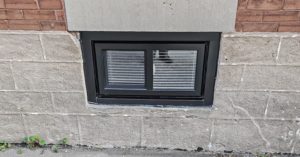
Picture Source – EcoTech Windows & Doors
Maintenance and Care
1. Regular Cleaning:
Cleaning the glass, frames, and hardware periodically helps maintain the windows’ appearance and functionality. Dirty windows can block natural light and reduce efficiency.
2. Check Seals and Weatherstripping:
Inspecting and replacing damaged or worn seals and weatherstripping prevents air leakage and ensures the windows remain airtight.
3. Lubricate Hardware:
Lubricate window hardware, such as hinges and locks, to ensure smooth operation. Properly functioning hardware contributes to the overall performance of the windows.
Also Read: What Is Window Energy Rating and Why Does It Matter?
4. Caulking and Sealing:
Reapply caulk or sealant around the window frame as needed to maintain an airtight seal. This helps prevent drafts and energy loss.
5. Professional Inspections:
Schedule professional inspections, especially if you notice issues like condensation or air leakage. Prompt identification and resolution of problems can prolong the life of your energy-efficient windows.
Conclusion
Energy rating for windows play a crucial role in helping homeowners make informed decisions about their window choices. Understanding the significance of U-factors, SHGC, and energy-efficient labels like ENERGY STAR empowers you to select windows that suit your climate, energy efficiency goals, and budget. While energy-rated windows offer numerous benefits, including energy savings, increased comfort, and environmental advantages, it’s essential to consider potential drawbacks, such as upfront costs and limited design options. Ultimately, the right energy-rated windows can enhance your home’s energy efficiency and overall quality of life, making them a wise investment for the long term.
Frequently Asked Questions (FAQs) about Energy Rating for Windows
1. What are energy rating for windows, and why are they important?
Energy rating for windows provide information about a window’s energy efficiency. They are important because they help homeowners make informed decisions, ensuring they choose windows that match their climate and energy-saving goals.
2. How can I determine if my existing windows are energy-efficient?
To assess your existing windows, look for energy rating labels or certifications like ENERGY STAR. Check the U-factor and SHGC values provided by the manufacturer. A professional energy audit can also provide a comprehensive evaluation.
3. What’s the difference between U-factor and SHGC, and which one should I prioritize?
The U-factor measures insulation, while SHGC evaluates how well a window blocks solar heat. In colder climates, prioritize a low U-factor to minimize heat loss. Focus on a lower SHGC in warmer climates to reduce unwanted heat gain.
4. Are energy-efficient windows worth the higher upfront cost?
Yes, energy-efficient windows are worth the investment. While they may cost more initially, they result in long-term energy savings, increased comfort, and potential home value appreciation, making them a wise choice for homeowners.
5. Can energy-efficient windows reduce outside noise infiltration?
Yes, energy-efficient windows with better insulation properties can reduce outdoor noise infiltration, providing a quieter indoor environment. This is especially beneficial for homes in noisy areas or near busy streets.
6. Do energy-efficient windows require special maintenance?
Energy-efficient windows generally require the same maintenance as standard windows. Regular cleaning, inspecting seals and weatherstripping, and lubricating hardware are essential for maintaining their efficiency and longevity.
7. How can I choose the right energy-rated windows for my home?
To choose the right energy-rated windows, consider your climate, frame material preferences, local regulations, and budget. Seek professional advice, evaluate warranties, and calculate the energy payback period to make an informed decision. Proper installation by a qualified professional is also crucial for optimal performance.
EcoTech Windows & Doors is a highly respected company known for delivering top-quality doors and windows. With over 22 years of experience, we have consistently delighted numerous clients in our region. You can reach us at (888) 880-6827 or conveniently use our user-friendly online form to schedule a free consultation with no obligations. By joining forces with us today, take the first step towards enhancing your home’s comfort, security, and aesthetic appeal.


